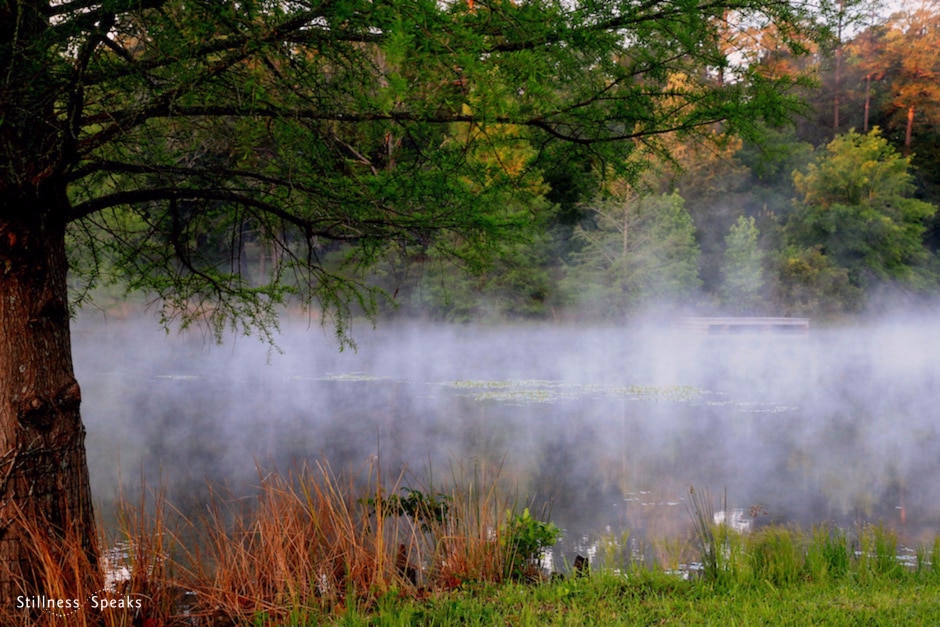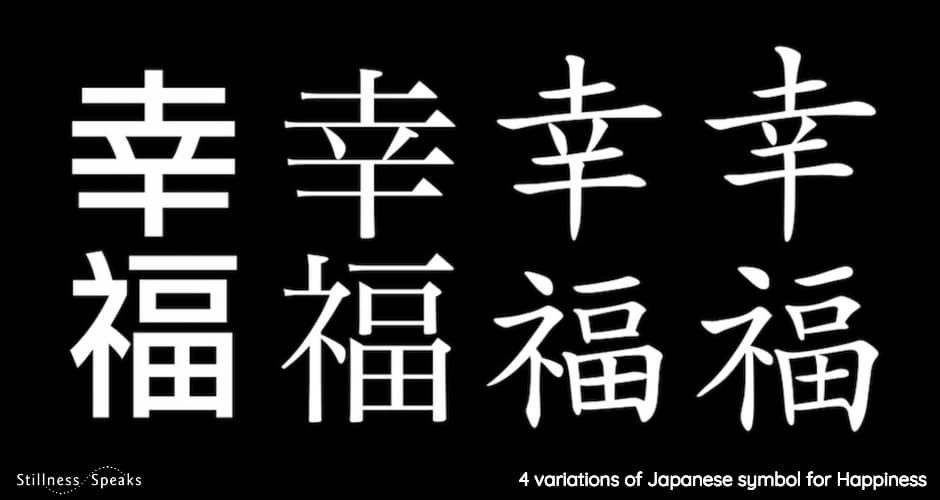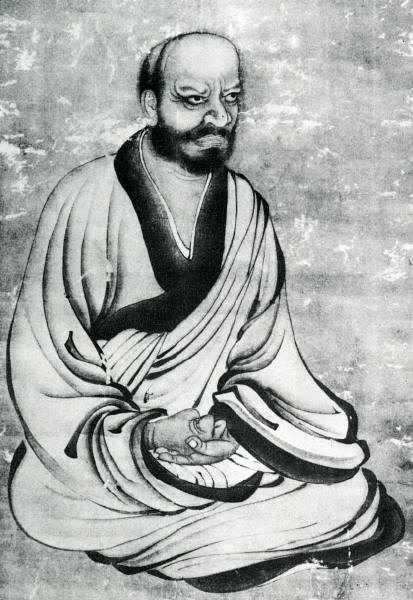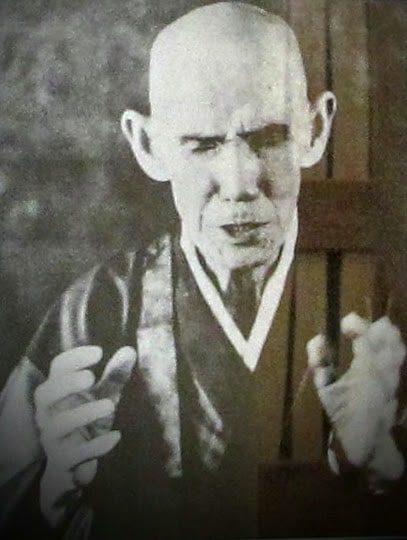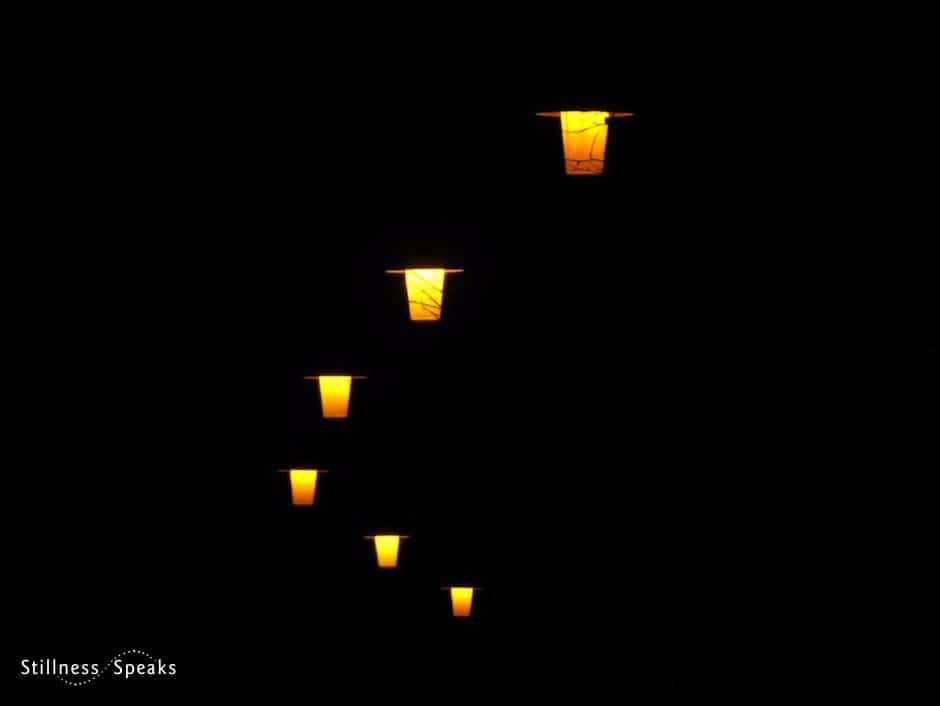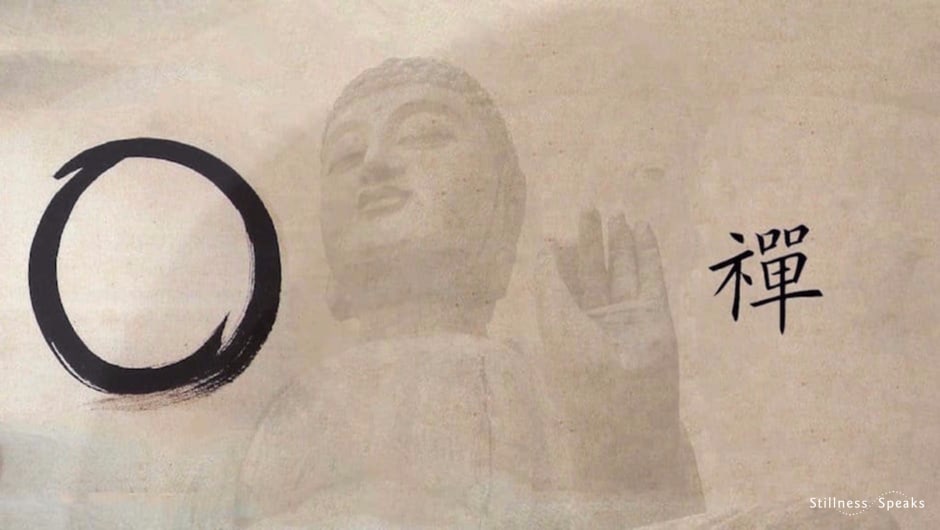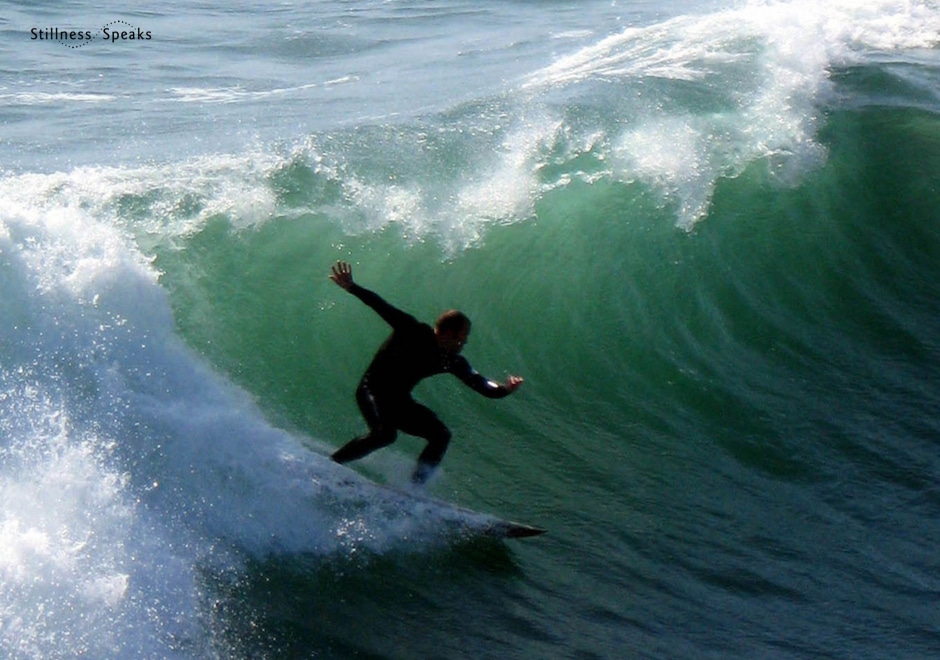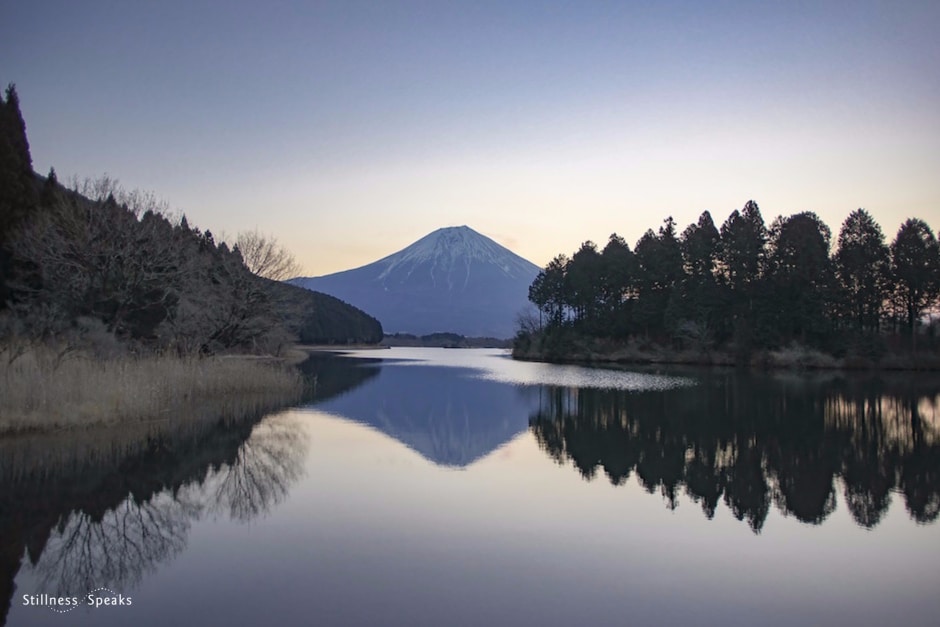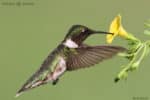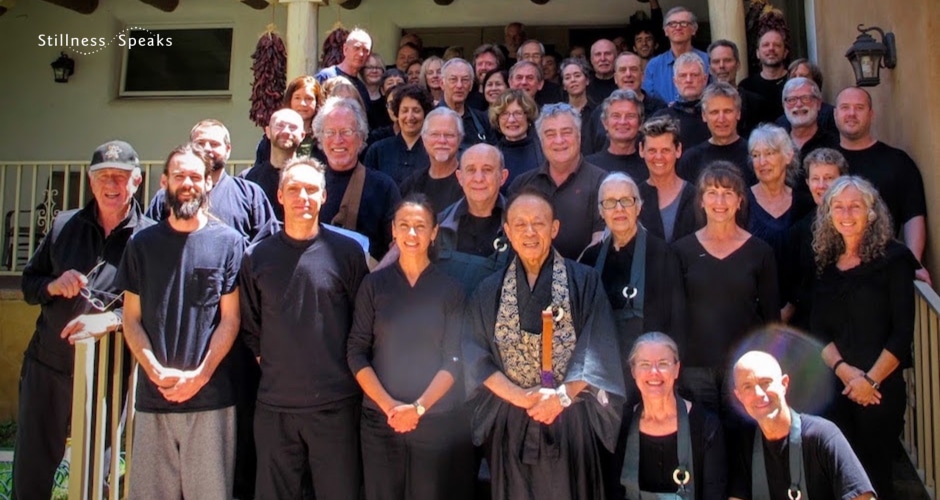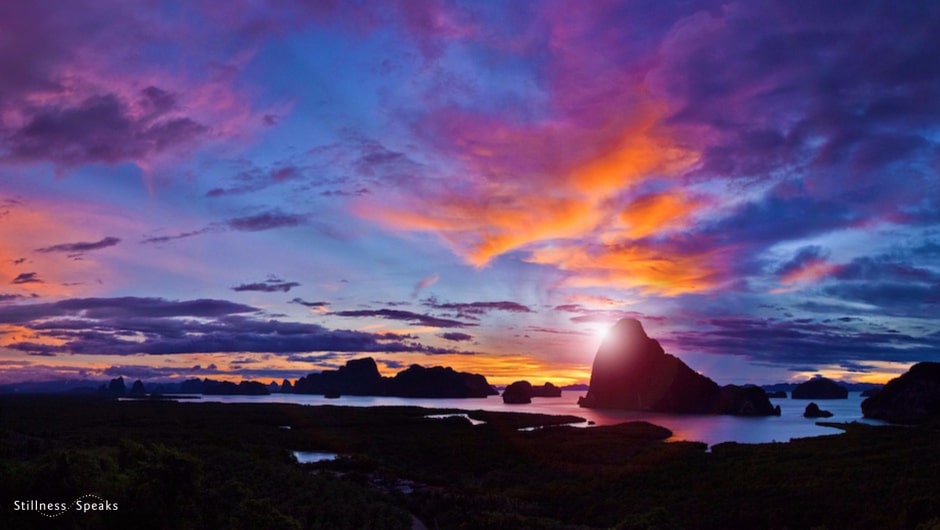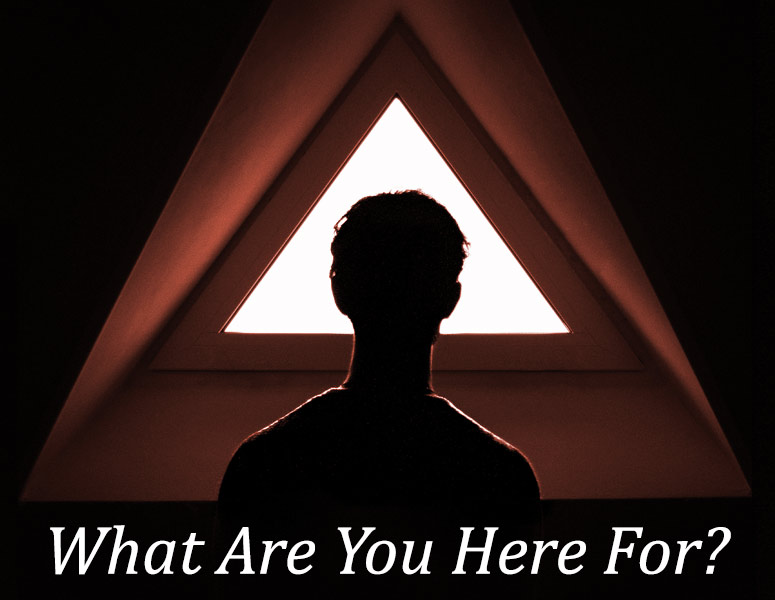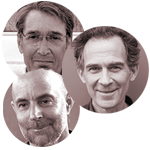“… the very impermanency of grass and tree, thicket and forest is the Buddha nature …” ~ Dogen
In Part 6, we concluded the very brief primer on Dogen … and now we jump to the 20th Century, when the unique, hybrid Zen emerged in America ….
For those coming into this series for the 1st time, please click on the link below for the entire series
Exploring Eastern Wisdom’s Relevance for the West: a 9-part series.
Dogen is credited with founding Soto (one of three important Zen “schools”) in Japan. But what is Soto? And how does it differ from Rinzai? These differences are important. Many of the “lost generation” of Westerners who came from Europe and America in the 60’s and 70’s discovered great wisdom from the two great schools of Japanese Zen expressed through two seemingly different approaches to awakening – the true source of happiness.
Norman Fischer, a contemporary American Soto Roshi, poet and author, gave an excellent overview of both Soto and Rinzai Schools :
Soto: “Soto’s style of practice can be traced back to Shitou (700-790) whose poem “The Harmony of Difference and Sameness” (Sandoaki) is an important early expression of Zen Buddhism and is chanted in Soto temples to this day. Two masters in Shitou’s lineage, Dongshan and his disciple Caoshan, are so closely associated with each other that their names were used together to form the name of their Zen school, Caodong (which became Soto in Japan).
One of Donshan’s poems “The Song of the Jewel Mirror Awareness” is also still chanted in Soto temples. Another set of poems on the Five Positions of Absolute and Relative is important as a set of koans used in the Rinzai school.
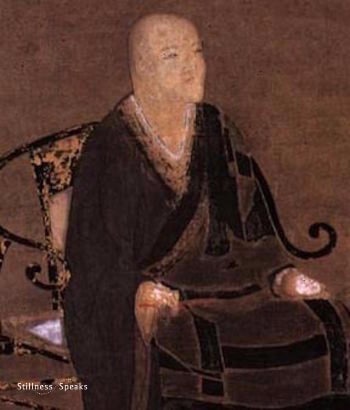
But it was Dogen who first insisted on intensive meditation, who produced the first Japanese writings explaining Zen practice, and who constructed the first real Zen monastery in Japan, establishing a set of monastic rules still observed. Moreover, the strength of his character has inspired many Zen masters to follow.
Rinzai: Going further, Norman Fischer writes : “Rinzai Zen is said to be founded by Linji (J. Rinzai). Linji is known for his dramatic and iconoclastic style which is recorded in The Record of Linji.
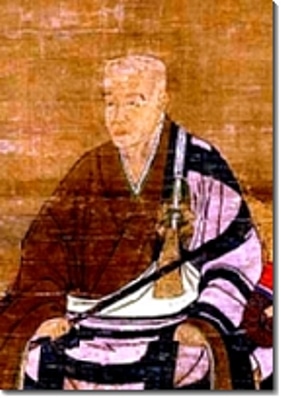
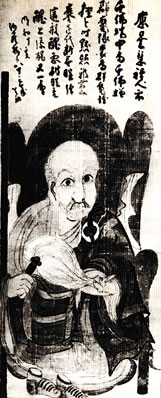
Hybrid Zen: Rinzai and Soto Merged
Yasutani Hakuun (born in 1885) was an unusual Japanese student who became a monk at 11 years of age, was ordained (in Soto Zen) at 13, and attained kensho at 42. During his ongoing practice and development, he encountered a dilemma that caused him to move, more and more, out of the mainstream of the institutional Japanese Buddhism establishment. He professed the need for reform, the opening of practice to nonprofessional lay practitioners (discarding many of it’s formalities) while re-emphasizing the central role of deep introspection and of awakening, “kensho” as central to any meaningful understanding of Buddha’s enlightenment.
The emphasis on opening the teachings of Zen to non professionals, those not monks but ordinary lay people, brought many interested Westerners to Japan.
Further Yasutani shared the same “Great Doubt” expressed by Dogen: What was the need to arouse the mind that seeks enlightenment and undertakes strenuous practice when doctrine clearly stated that “all sentient beings without exception have the Buddha nature.”
Hakuun Yasutani had a second question: What happens after death? This is often referred to as one of the Big Questions in life.
This led Yasutani, though already a Specially Dispatched Priest for the propagation of the Soto sect, to travel.
He commented: ” …my mind was not at rest. I was at the peak of mental anguish. When I left, I could not endure deceiving myself or others by untrue teachings and irresponsible sermons any longer, my karma opened up and I was able to meet my master Daiun Shitsu, Harada Sogaku, Roshi. The light of the lantern was brought to the dark night, to my profound joy,” (this para excerpted from thezensite – Yasutani Hakuun Roshi — a biographical note)
Harada Sogaku Roshi, also a Soto priest had come to study with Toyota Dokutan, a leading Zen Master at the time, and had become the abbot of Nanzenji, the head temple of Rinzai school.
The “Kensho” and Dharma Transmission Of Yasutani Hakuun would precipitate a stampede of Westerners to his new Zen lineage, Sanbokyodan.
Was it the emphasis on the formal training which precipitated the direct experience of awakening that brought Westerners to Japan?
In our next post, we will explore how this small but intense influence became the seed for much of what is now experienced as Zen in America.
To access all parts of this entire series, please click on the link below
Exploring Eastern Wisdom’s Relevance for the West: a 9-part series
Opening quote: Dogen’s wikipedia page.
Norman Fischer’s quotes: excerpted from Nothing Holy: A Zen Primer by Norman Fischer on DharmaNet International.
Images (edited): 1) Through the Mist by dbarcus1, CC BY 2.0, 2) Happiness / 幸福 (4 variations of Japanese symbol for Happiness), CC BY 2.0, #s 3) to 6) are Public Domain – PD-1923, 3) Dogen by Unknown, 4) Ink portrait of Rinzai (Linji), 5) Eisai, 6) Hakuin, 7) Hakuun Yasutani Roshi, photo of photo at Mountain Cloud Zen Center, by Cherie Manifest, 8) Lanterns Night by jingoba, CCO Public Domain, 9) Collage of a) (edited) Enso by Bankei Yitaku, Public Domain – PD-1923, b) Buddha sculptor image from Chris Hebard’s Home, & c) Zen Buddhism (禪-ouyang) by Asoer, Public Domain.
